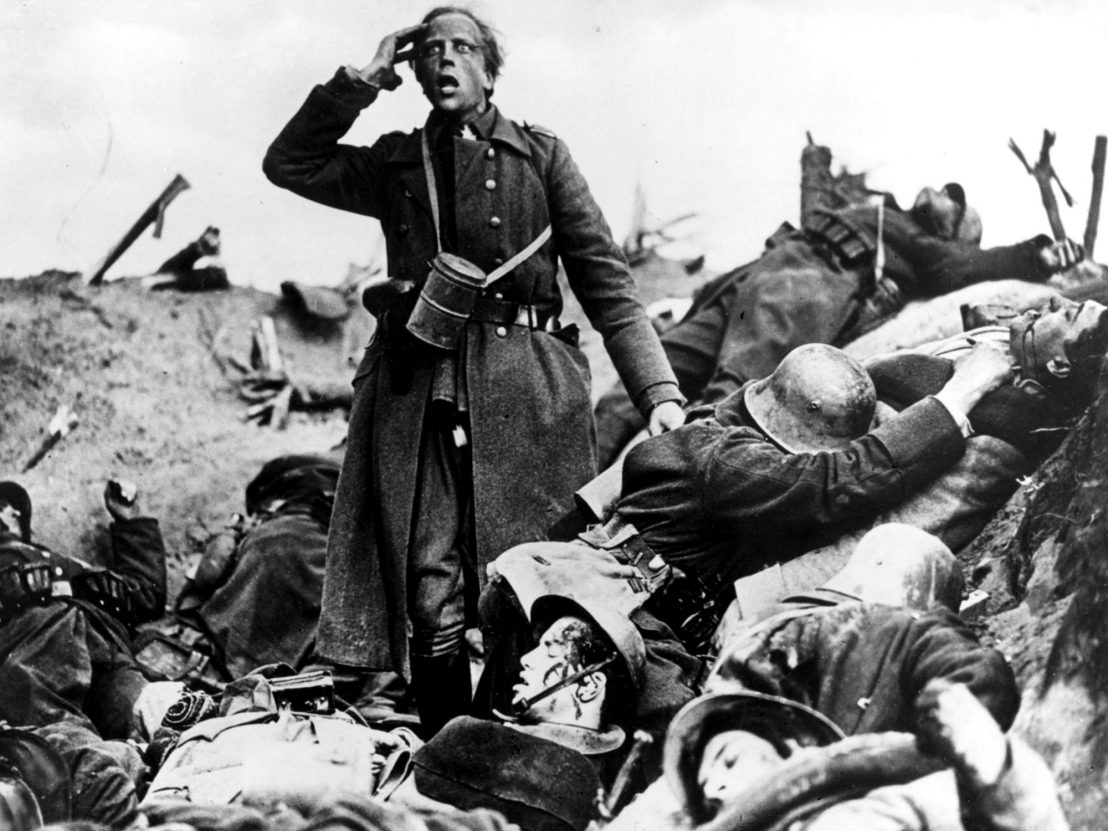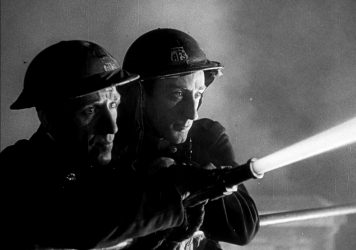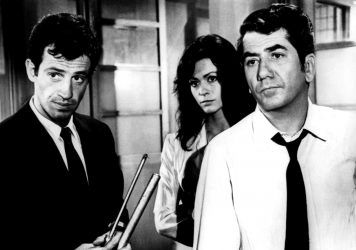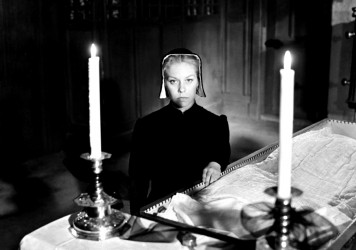
In today’s increasingly fraught political climate – at a time when the UK is preparing to withdraw from the European Union, when a far-right candidate placed a close second in France’s presidential election, and when Austria’s ironically named Freedom Party rose to power – it feels especially timely that Criterion should be releasing the classic anti-nationalist films of forgotten German master Georg Wilhelm Pabst.
The first of those, Westfront 1918, from 1930, is a staggering anti-war parable and more than a match in content for that other highly celebrated World War One lament, Lewis Milestone’s All Quiet on the Western Front. Pabst’s film, though, comes with the important caveat of being a far richer piece of work cinematographically. Released one year later, Kameradschaft (literally ‘Comradeship’), saw Pabst continue his reflections on socialism and the theme of international cooperation by celebrating the collaborative spirit of a group of German workers who saved French miners trapped after a catastrophic underground explosion in the disputed Ruhr territory.
Pabst’s relative obscurity really is something of a travesty. Ironically enough for a filmmaker whose best work interrogates the slippery notion of national identity, his reputation suffered in part due to a spell in the 1940s when he returned to Germany from an abortive spell in Hollywood, where he made two films under the auspice of the Third Reich. Pabst’s collusive spirit here has been open to conjecture. If anything, he has been maligned as much by association, and the sheer empathetic spirit of his two socialist paeans a decade earlier deserves to be the main legacy of his contribution to world cinema.
The beauty of Pabst’s cinema is that it combines all the skill and expressionistic virtuosity of fellow German master, FW Murnau, with an aching sense of compassion. Westfront 1918 and Kameradschaft were also Pabst’s first sound films, and, particularly in the former, the director provides an incredible sensory impression of the horrors of trench warfare. Arriving 70 years before Steven Spielberg’s much-lauded D-Day landings sequence in Saving Private Ryan (which, incidentally, runs dangerously close to “war porn”, as the conceit of the technical replication of its landings was ultimately in service to a very conservative and patriotic view of American sacrifice), Pabst’s haunting evocation of the omnipresence of whistling bombs and thudding explosions offers its audience no such pat consolations.
There really was nothing primitive about Pabst’s understanding of the medium. If his revolutionary use of sound wasn’t enough, then his command of cinematography was extraordinary. His tracking shot of the trenches in Westfront 1918 is a masterpiece of logistical planning and pictorial clarity; he envisions the frontline as a living hell, a cesspit of apocalyptic desolation. In Kameradschaft, Pabst conjures a remarkable tracking shot to show the path of the fire that torches through the tunnels of the mines before reaching the hapless French workers. Much like with the trenches scene in Westfront 1918, this shot is emblematic of the absolute malignancy of discord in international relations, as the inferno comes about through the French and German officials building a gate between the mines and ignoring the warnings about the real (and metaphorical) risk of fire.
Politics is the most salient aspect of Westfront 1918 and Kameradschaft though. And Pabst is, in many ways, an apt commentator for this. He was born in Raudnitz, Bohemia, a town which became part of Germany after Hitler’s 1938 Anschluss with Austria (it is now part of the Czech Republic). This malleable, arbitrary notion of the foundations of national identity plays a large part in both films. Kameradschaft features actors speaking in both their French and German tongues despite this being an unusual practice for a 1931 feature film. Pabst was adamant that all native languages must remain undubbed so as to aid authenticity and convey the film’s message of international cooperation.
Westfront 1918 is similarly a multinational, multilingual film. In fact, its opening sequence is expert in revealing the abstract irrelevance of lines on a map as we are thrust into an uproarious, convivial bar room scene featuring various French, Prussian and Bavarian characters (let’s not forget that Germany is but a nation of smaller nations). It is only when a bomb jarringly explodes, off-screen, that the context to the story and these characters’ lives is allowed to intrude on the narrative: that this is the dying embers of World War One.
Pabst’s clear distaste for the offshoots of nationalist ideology, as revealed in these two films, became known as “New Objectivity”, although Joseph Goebbels considered Pabst’s work pacifist and defeatist. Pabst’s politics were not only defined by national paradigms but by his socialist beliefs too. Beneath the fabric of both Westfront 1918 and Kameradschaft are depictions of the working-class as the true victims of exploitative, unchecked nationalism. In Kameradschaft, which is set in the immediate aftermath of World War One, the French-German border is closed to the unemployed seeking work in the coal mines which are randomly dotted on either side of the dividing line.
In Westfront 1918, when the protagonist, Karl (Gustav Diessl), returns to the homeland on indefinite leave, he finds a Germany beset by economic instability, poverty and queues for food. This even provides the context to his wife’s infidelity – hunger had driven her into the arms of a local shop owner. Back at the frontline, when Karl slowly begins to appreciate and understand the sheer deprivation that must have caused his wife to commit adultery, he is denied a chance at redemption by the cruelties of war in a simply mesmeric close-up in the film’s final moments.
It is in climactic scenes of both films that the prescience of Pabst’s politics really stands out. In Kameradschaft, while the French and German miners up above share a joint rally celebrating their newfound comradeship, the officers down below are erecting the same gate dividing both countries that was the cause of the accident in the first place. And in Westfront 1918, with the central characters having capitulated to madness or death in a makeshift sanatorium, the familiar closing subtitle ‘The End’ flashes up on screen, with an added stroke of punctuation – a question mark – implying the likelihood of society learning the lesson of rampant nationalism as minimal.
Westfront 1918 and Kameradschaft are available on special edition Blu-ray and DVD on 30 January via criterion.com
Published 28 Jan 2018

By Jan Westad
His war-time chronicles feel especially timely in the wake of recent tragedies.

Released 50 years ago, this understated and underloved drama is deserving of a reappraisal.

By Paul Risker
To mark the release of the BFI’s new Blu-ray collection, revisit four works by the Danish master.